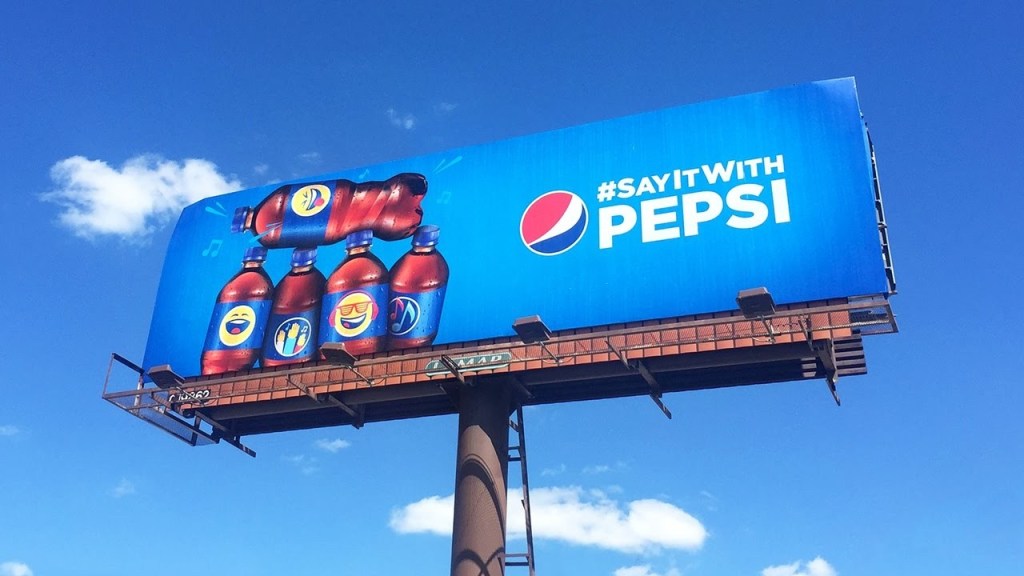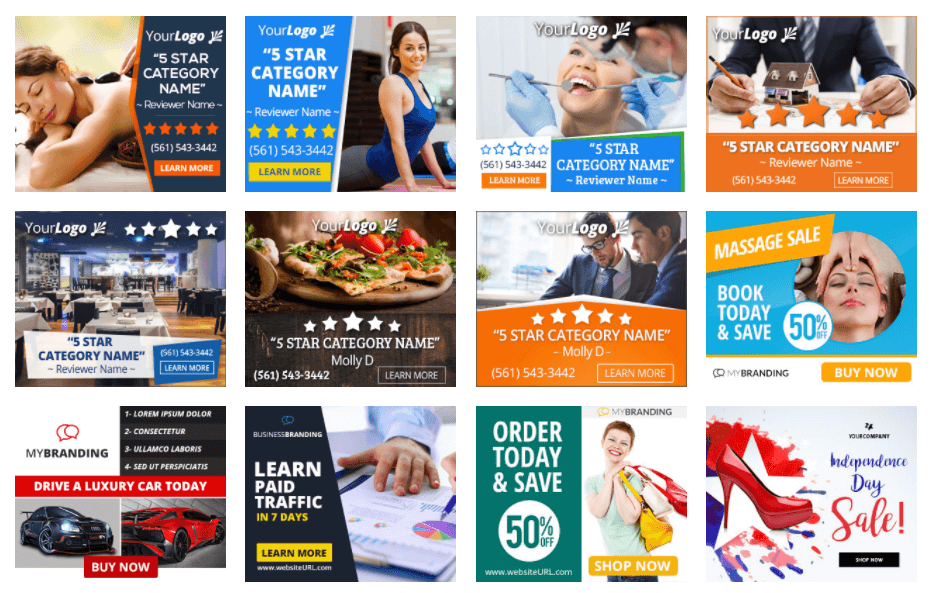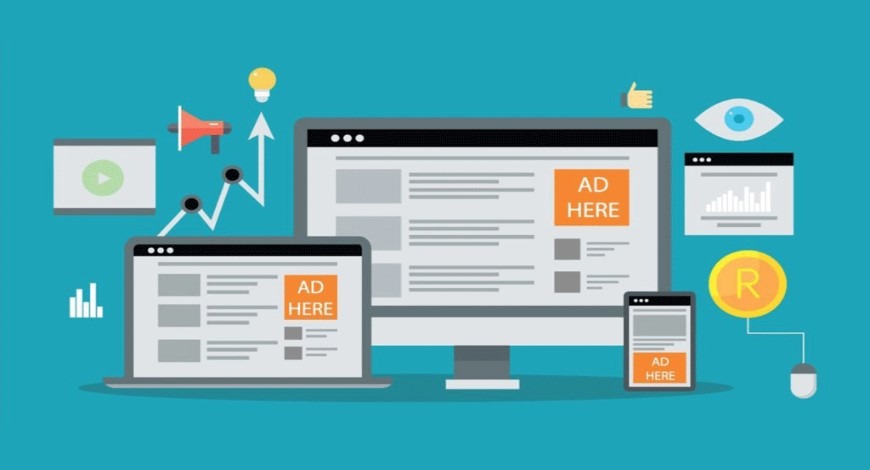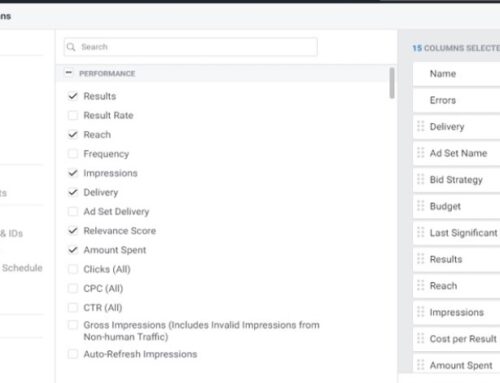Massive reach, massive audience
Have you ever thought about running your ads on the Display Network? It houses over 90% of all web traffic in the world. Search ads (the ones you run when someone searches on Google, amount to a measly 3-5% of all web traffic!)
Now you can get shown on anywhere you like. Clicks, impressions and brand lift is all at the tip of your fingers!

It has over 3-million websites
When you advertise on the Google Display Network—which has over 3 million participating sites—your ads can appear across a large collection of websites, mobile apps, and video content.
The display network is another tool in the arsenal of Google which allows you to reach millions, tens of millions of potential users immediately.
It is like having a large billboard of your brand on the busiest street 24/7.
However, the problem with Display Network is the massive reach, you are bound to get a lot of irrelevant users.
Let’s have a hypothetical example. Imagine again having a large billboard on the busiest street, but the city is 90% women and you sell men’s shaving cream. Little people will pay attention to it! We simply don’t read ads that couldn’t benefit us. What happens here is that your ad will be ineffective.
It is very easy to reach a large audience here, but if we do not do it correctly, we will appeal to a large number of irrelevant users and completely miss our campaign goals.

It is like putting your brand on the front of a commercial building.
What’s so good about that you ask? You get lots of eyes, people turning their heads and greeted by your ad when they are crossing the street or driving by. If it’s on a busy intersection then you can get millions of eyes every week.
It is just that on the internet we call it reach and impressions, overall brand lift, which equates to more activity (sales) for your business over time. It’s the same thing. Which is why top companies in the world today heavily allocate budget to advertise online.
They understand the effect of having a large billboard on the busiest streets and intersections. They know that its the same thing with online.
Permission Marketing vs. Interruptive Marketing
On the internet, most people are drawn away because of the sheer irrelevancy or annoyance from these ads. You watch your favorite drama and it pops right out of nowhere and then ads populate around the video. This is interruptive marketing at its lowest.
The truth is most people don’t use it properly, that’s why we call it the Dark Horse of advertising. So powerful yet so misunderstood.
Compared to its cleaner alternative, the ‘Search Advertising’, is undoubtedly not annoying at all.
Why is search advertising more welcomed than display advertising? Because search ads are under the house of “permission marketing”. Its highly relevant and only appears because the user is looking for it. The user is actively searching on search engines and they welcome these ads.
If you are looking for a dentist, search ads tell you all you want to know. The search result compares all the prices and even reviews of dental clinics. It even shows you businesses most accessible from your location. (10 min walk over a business that is 1 hour away.)
Likewise, you are looking for a tax accountant, Google Ads gives you instant access to all the best in the country and direction to their offices.
It doesn’t show you ads of tax accountant firms then conveniently place a Viagra ad beside. It doesn’t put a gambling casino ad somewhere in the result pages. There’s no pop-up or anything you don’t want to see.
If you don’t search anything, guess what, you don’t get to see any ads. That’s permission marketing.
Contrast this to the Display Network, where content sites like blogs, news, apps, and entertainment have locations to place ads. And a lot of them may be irrelevant to the user.
If you just got home from work and decide to catch-up on some drama you probably don’t want to see any ads. (Maybe other ads about an upcoming drama of a similar genre.) But often what do users get bombarded by?
Everything they don’t care about. The same ads about dental firms and tax accountant services now may seem like utter rubbish to the user.
Many of these ads promote some sort of shady products like one-trick supplements and reverse aging for grannies.
All this you have seen, and it is the main reason why display advertising is misunderstood.
Yet so many successful companies have made use of this power (of reaching 90-95% of the world instantly) to much success.
So much success they keep pouring their dollars into the funnel year after year.

Using Display Network effectively
Is there a secret? Is there something you shouldn’t know about? No. Just like a double-edged sword, it depends on which end you are using.
With over 1 trillion monthly impressions, and 3-million websites opt to show ads on their content, Google Display is able to reach 90% of the global internet. It is truly a marketing powerhouse. Nothing has come this close.
Whatever market segment you sell to, there’s a high chance you can reach them here. (unless they are somewhere in Mozambique)
If you are selling LCD Televisions, you can choose to show your ads on pages like your local news site, LCD television review sites, blog sites that talk about consumer electronics.
If you provide interior design services, you show your ads on similar sites like yours. Interior design blog pages, renovation pages, even real estate homes pages. Sites that target people who recently bought or are buying a new house? They would probably need some renovation works at least.

People that buy a new house are usually looking for interior design works aswell. People usually don’t mind spending a bit on something that they like to live in for a long time. The bottom line is this: as long as you understand your target users, you can optimize your ads to be shown to them.
Multiple ways of targeting
Any business you are in, there is always a market looking for you. Find out the websites your ideal customer spends most of their time on and show your ads there. If you wish to further segment your market into age and gender, you can add these filters to only show your ad to 18-30 male for example.
You should even target your industry keywords and let google discover the sites that are using your keywords consistently. Saving you valuable time to mine profitable websites to show on.
Another thing is that Google lets you target ads base on a user’s interest. Letting you target base on affinity categories and in-market buyers.
As a business owner you may ask; wait a moment, what are affinity categories? Google groups like-minded users into various categories. It is essentially buckets of users grouped together. You want to target audiences of your business. If you sell auto insurance, you can target your ads to show to ‘auto-enthusiasts’ category. If you sell the latest fashion apparel, target your ads to the category ‘fashionistas’. These are people that Google determines to have such interests from their activities on the internet.
What happens if you are in a specific niche where its not big enough to find a ‘category’ on Google ads? Then you create one with custom affinity. Let’s say you sell customized phone cases for a certain brand, then you can use the custom option and create your own audience since there probably wouldn’t be a pre-made category on Google ads.
What about In-Market Buyers? These are people who are currently looking for products or have purchased products like yours. Google believes that they are in the consideration or in-market phase. Hence the name “In-Market”. What’s a better way to get more sales than showing your business to users who are actively searching for your industry?
Targeting so granularly is something that has never been possible 30 or 40 years ago in the TV era, until today, when the entire game has changed.
There is almost nobody that you cannot segment and show your ads to today. And a business that doesn’t know how to take full advantage of this cannot win.
The biggest and top companies today consistently pour millions to advertise on Search and Display Network, and it is working very well for them, otherwise, they won’t be spending millions in these networks month after month.
The opportunities of today can only be grasped by businesses who are willing to take the chance to invest in their brand equity.
We hope you are one of them.





